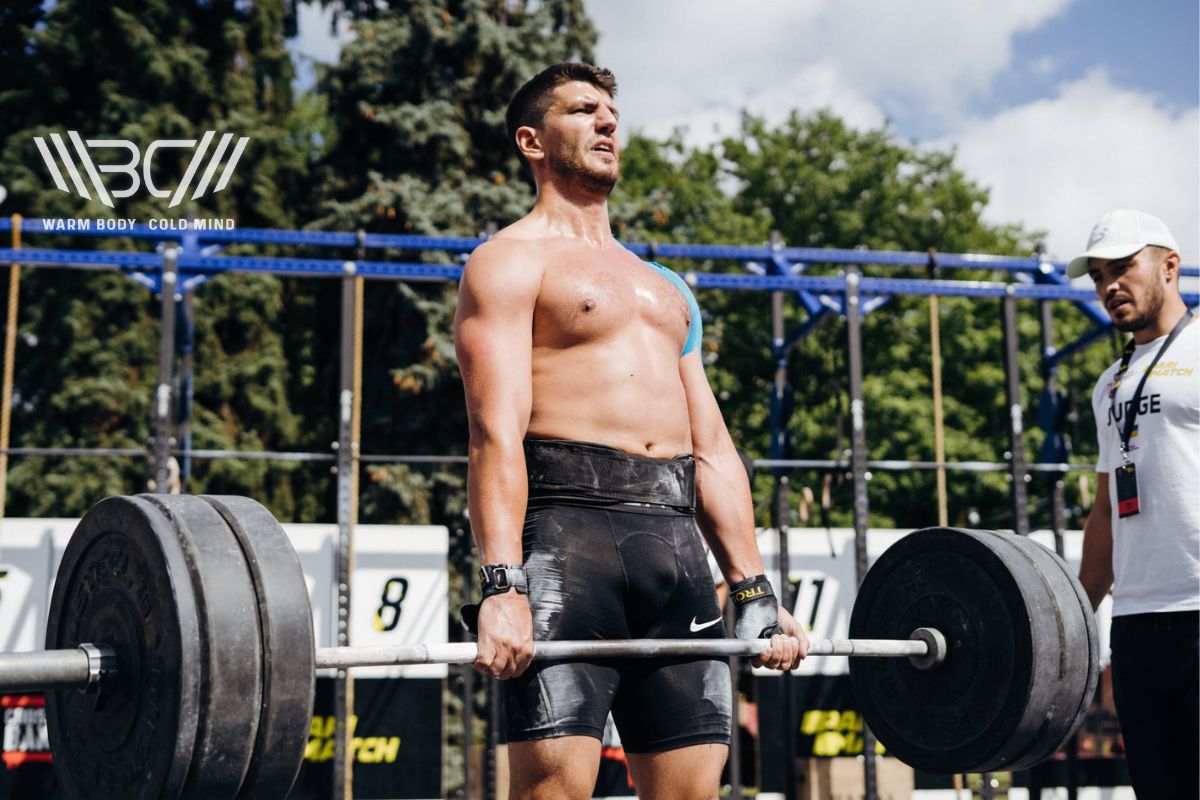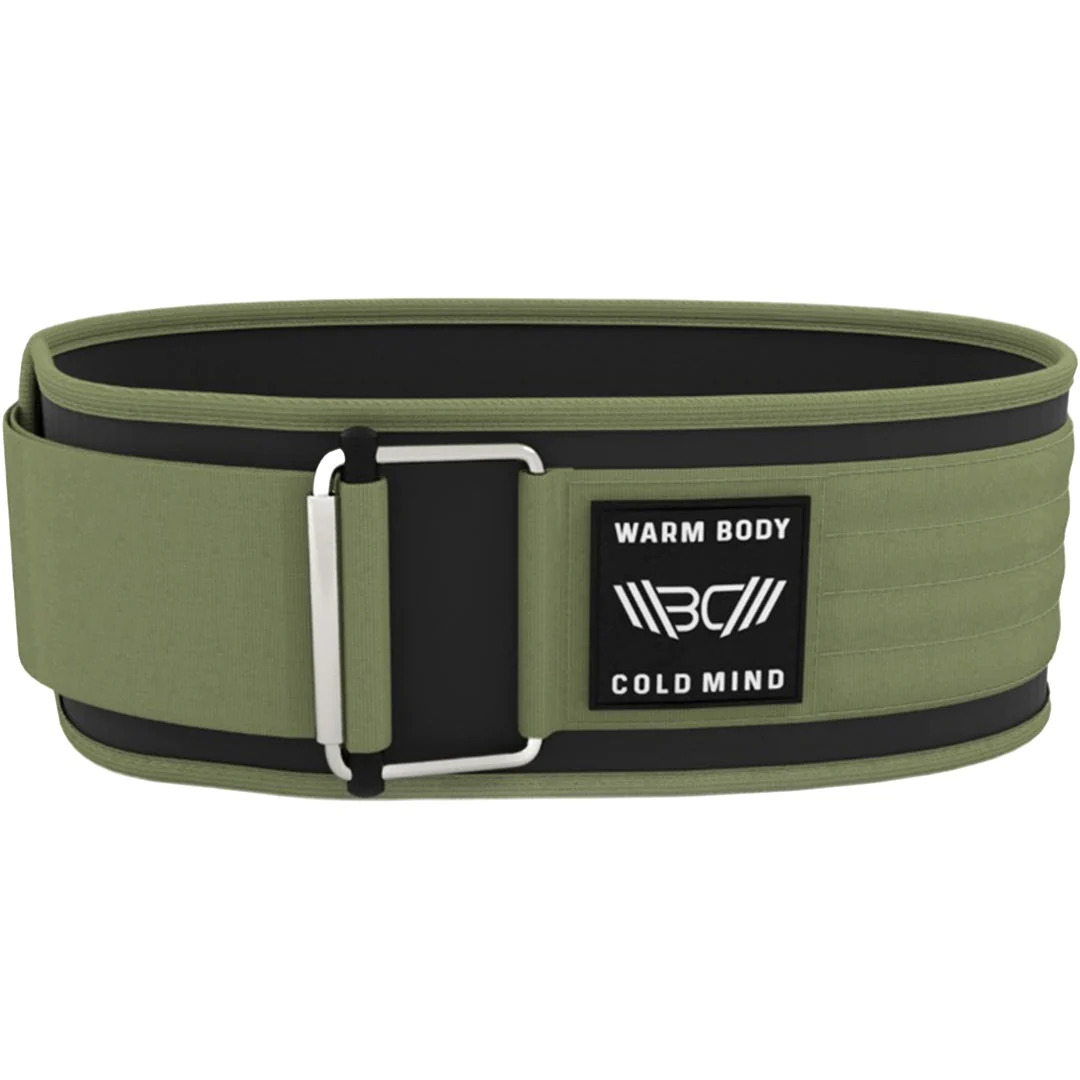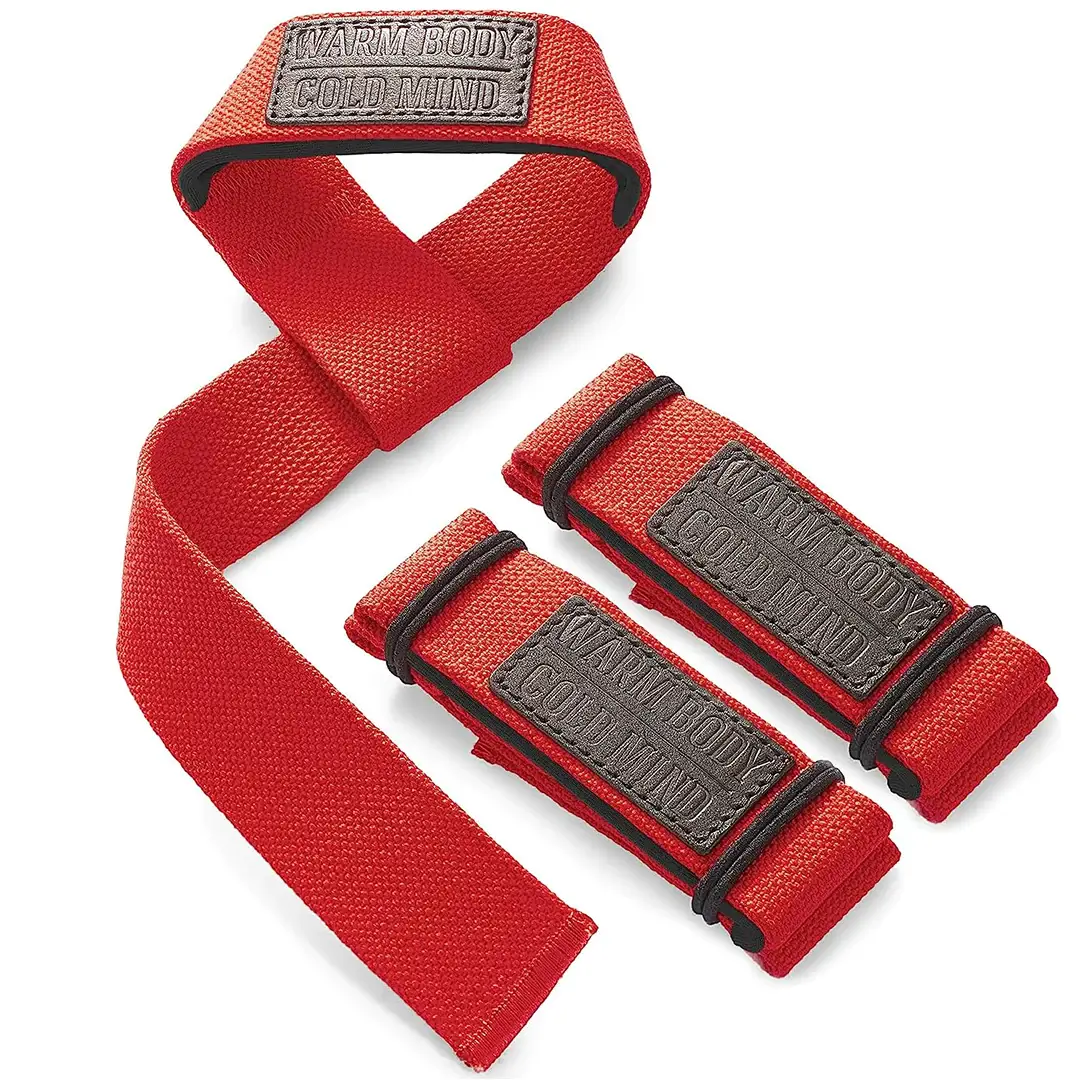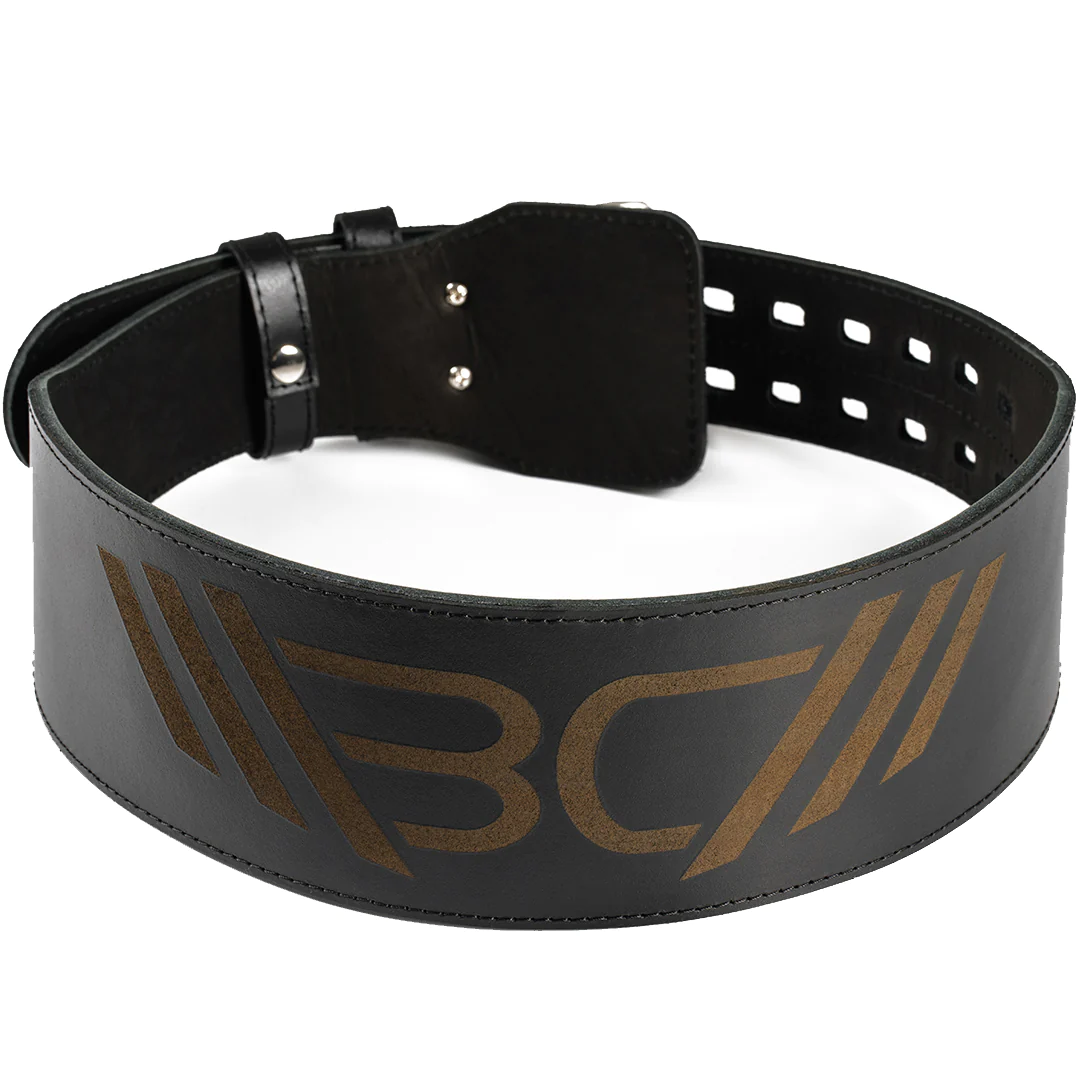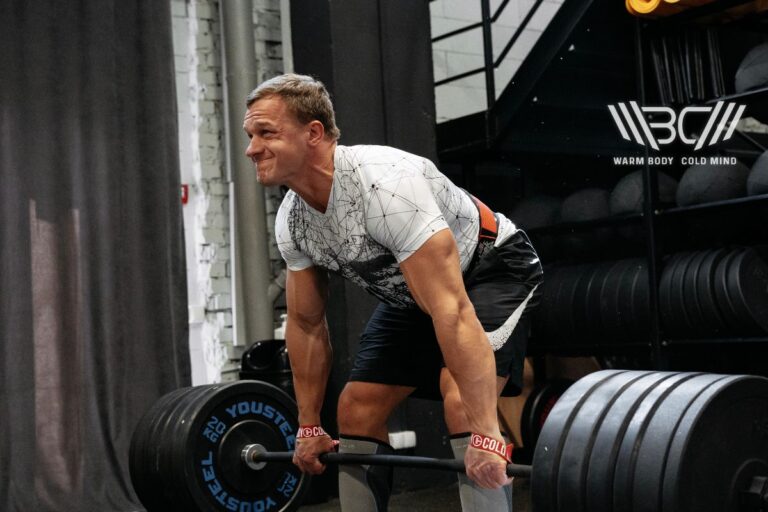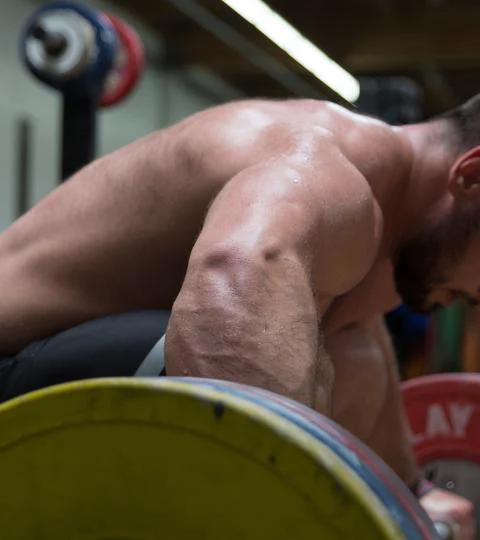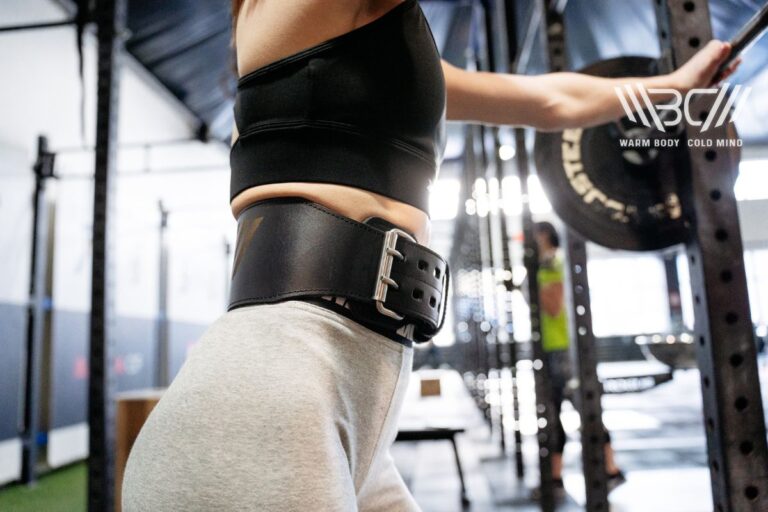High Rep Deadlifts: 5 Benefits & Drawbacks Explained
High rep deadlifts can be a game-changer for your workouts, challenging your body to tackle deadlifts with volume at a minimum of 8 reps per set. Deadlifts are such a popular gym exercise, and when performed correctly, you can see benefits such as improved hypertrophy, along with better overall fitness.
So, are high rep deadlifts good?
High rep deadlifts involve completing the exercise at 8 reps or more. A high volume deadlift set has advantages like improved muscle growth, grip strength, and a high-calorie burn. Though considerations include increased injury risk, prolonged fatigue, and a need to maintain correct form for a long time.
What Is A “High Rep Deadlift”?
A high rep deadlift typically means performing a deadlift set with 8 or more repetitions. Usually, the rep range for this type of deadlift training tends to fall between 8 and 12 reps, though this can fluctuate between lifters depending on experience, skill, ability, and personal goals.
When performing deadlifts for an extensive time, completing 8 or more repetitions per set, it’s best to concentrate on lightweight high rep deadlifts. This means lowering the weight you’re used to lifting when deadlifting for 4-6 reps, and shifting to a lighter weight so you can achieve successful lifts until the final repetition.
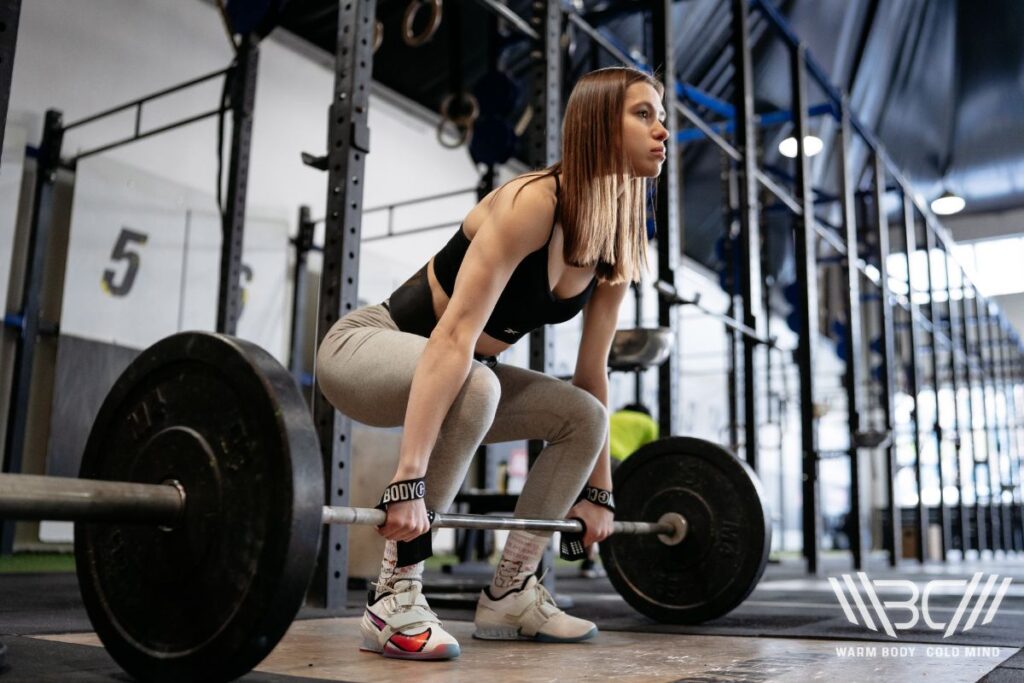
Deadlifts for reps have several advantages we’ll explore in depth further in this article, along with potential drawbacks for this type of training.
When adding plates to the bar, you’ll want to stay within 50 – 70% of your 1RM (1 rep max) which although will remain challenging, will also allow you to lift continuously for several reps in a row. The increased volume means you can deadlift for hypertrophy, growing muscle, and perfecting your deadlift form to help minimize the risk of injury.
When lifting for prolonged periods, it can be beneficial to give your body more support, and our WBCM nylon weightlifting belt is an awesome option, blending comfort and durability to create a piece of kit you can use throughout the gym. Supporting the core through various exercises, this belt is suitable for use with powerlifting, weight lifting, cross-training, and other various types of sports.

Discover the strength of the Warm Body Cold Mind nylon lifting belt. Lightweight and durable, it provides optimal support for your workouts.
Should You Do High Rep Deadlifts?
High volume deadlifts aren’t for everybody, and it’s not hard to understand why! High rep deadlifts can be intense, and if you’re new to the gym, I would suggest perfecting your deadlift form before delving into sets of high reps. This means you can learn the best deadlift technique, get comfortable with performing the movement, and then consider upping your volume.
Lifters who have experience with deadlifting and are searching for a way to take things up a level may find their answer with a high rep range for deadlifts. Along with being great for muscle growth, high volume deadlifts can help those struggling with grip strength, as your hands and wrists will grow accustomed to lifting the bar for prolonged periods.
They can be beneficial for lifters looking to up their deadlift game, gain muscle, and challenge their mental strength and determination.
5 Benefits of High Rep Deadlifts
Deadlifts have a wide range of benefits when performed with correct form, and high rep deadlifts can also be advantageous. Lightweight high rep deadlifts when used as part of a program, can transform your training, giving you a new challenge to overcome and build upon.
✅ Muscle Growth
Deadlifting in general can aid muscle activation as it’s a compound exercise, recruiting several muscles in the body to complete the movement. This muscle growth is also effective with higher rep deadlifts, training various parts of the body simultaneously. By performing a high volume of repetitions with a low load, a lifter can achieve hypertrophy in many areas of the body.

✅ Grip Strength
Grip strength can make or break a session. Strong grip strength is required for a wide range of exercises in the gym, and it is essential for deadlifting. If you’ve been having a hard time with your grip strength, struggling to keep hold of the bar during heavy lifts, try training with a high volume deadlift.
Lowering the weight you would typically lift for deadlifts, and instead focussing on completing a high rep range gives you ample time to improve grip strength.
If you’re struggling with grip strength or simply want to alleviate some stress from your hands and wrists, there’s no better option than our WBCM weightlifting straps Lasso Pro. These straps are the key to unlocking heavier deadlifts that your grip strength can’t handle. Reinforced dual stitching promises to support your wrists through countless training sessions.

Cotton Lasso Lifting Straps Pro
Enhance your lifting experience with Warm Body Cold Mind lasso lifting straps designed for durability and comfort.
✅ High Calorie Burn
The bottom line of weight loss comes down to being in a calorie deficit. Weight gain happens when the body is in a caloric surplus, and exercise is one of the simplest ways to switch this around and bring the body into a slight deficit. As high repetition deadlifts work various areas of the body and take a considerable amount of time and energy, they are ideal for burning calories.
✅ Developing Mental Toughness
Performing sets of 12 reps for deadlifting is tough, even when completing the movement using less weight than you typically would when doing reps of 4-6 reps. By pushing through the barrier we often face when things get challenging in the gym, you can surpass goals, grow in confidence, and develop mental toughness.
✅ Diversity For Training
Keeping things fresh during sessions can be beneficial for keeping your training exciting and challenging. It also ensures you don’t become bored and your body doesn’t become used to specific exercises and weights. This means you can improve a variety of different aspects when compared to sessions that are dedicated to testing your 1RM.
5 Drawbacks and Risks of High Rep Deadlifts
Along with advantages, high volume deadlift sets and reps have drawbacks worth considering. The risks of high volume deadlifts can be minimized by keeping weight low, focusing on form, and getting appropriate rest and recovery.

❌ Injury Risk
Arguably the biggest drawback of performing high repetition deadlifts is the increased risk of injury. Deadlift injuries aren’t uncommon, but they usually occur when a lifter is shifting too much weight, or when poor form is used.
Keeping a close eye on your form from the first to the last rep should help keep you in check throughout your set. By lowering the weight to 50 – 70% of your 1RM and keeping good form, you should be able to achieve a set of high rep deadlifts without injury.
Our WBCM leather weightlifting belt is a great addition to your gym bag, bringing support to your core when training deadlifts and across many areas of resistance training. Available in 9 colors and 6 sizes, this weightlifting belt is suitable for everyone and promises to provide back support so you can lift confidently and securely.

Enhance your strength training with Warm Body Cold Mind leather weightlifting belt providing exceptional support and durability.
❌ Prolonged Fatigue
This type of deadlift training asks a lot of the body, especially when it’s sandwiched between other exercises. Experiencing prolonged fatigue after completing reps of 8 or more deadlifts is normal, but it can affect other areas of your training as your muscles will be tired and potentially sore once the deadlifts are complete.
❌ Easy To Let Form Slip
Maintaining consistent form is vital across all resistance training exercises as it means your muscles are being used correctly, and the risk of injury is minimized. As high repetition deadlifts are particularly taxing on the body, taking a considerable amount of energy and focus, it can be easy to let form slip.
Loss of focus and worsening performance because of higher reps can lead to poor form. If you feel pain or discomfort when performing light weight high rep deadlifts, it’s important to stop and ensure you haven’t injured yourself.
Injuries are something no one wants to face, but they do happen! Listen to your body and get checked out by a healthcare professional if you think you may be injured. It isn’t worth pushing through when experiencing new pain as you could make things worse and prolong recovery time.
❌ Drop in Enthusiasm
Keeping things fresh in the gym is a great way to keep energy levels high and maintain enthusiasm for training. Deadlifting high reps involves lowering weight and performing the exercise in high volume, which can lead to a drop in motivation and enthusiasm.
To help combat this, focus on keeping your form as good as possible, and allow the potential results of this type of training to power you forward through every rep and set. By sticking to training deadlifts at a high volume no more than 3 times a week, you can keep things feeling fresh and train different exercises and muscle groups in between sessions.

❌ Potential For Plateau
There is a potential for plateau with high rep deadlifts if the lifter is performing the exercise with moderate weights and isn’t increasing the weight of the lift over time. To see the best results in strength and muscle gain, it’s wise to keep things challenging, even when training with high rep deadlifts.
You want to be able to complete each high rep set with correct form and generally a lower weight than you would when doing a set with fewer reps. It’s still important, however, to increase the weight you’re lifting as you progress with high rep deadlifts to avoid a plateau.
Subscribe!
Get useful tips, expert insights, and in-depth analysis of training programs & nutrition plans to get the most out of your performance.
How to Perform the High Rep Deadlifts: Key Tips
High rep deadlifts should be completed in reps of 8 or more per set, at a weight that’s 50 – 70% of your 1RM. Less experienced lifters should stick to no more than 3 sets of volume deadlifts, increasing this to 4 – 6 sets with improved experience.
1. Adequate Rest
Deadlifts engage numerous muscles in the body such as the quads, glutes, and core. When completing a high volume workout such as high rep trap bar deadlifts, it’s vital to get enough rest.
Take at least 3-4 minutes to rest and recover between each set of deadlifts, so you can restore energy and drive to complete the next set. Getting enough rest and recovery outside of the gym is also an important factor, as this is where the body repairs itself.

Pro Tip:
Nutrition, hydration, and resistance training all go hand and hand, but often these are forgotten when returning home from the gym. Ensuring you provide your body with the range of carbs, proteins, fats, vitamins, minerals, and hydration it needs is essential for muscle growth and recovery, alongside maintaining energy levels.
2. Use a Trap Bar
All variations of the deadlift require correct form and technique, but trap bar deadlifts can be an easier starting point, especially when training high rep deadlifts for the first time. As the bar path is effectively controlled by the trap bar itself, there’s less to focus on, meaning you should be able to perform a high rep set effectively and efficiently.
3. Remain Consistent
When testing a 1RM, or completing low-rep, high weight deadlifts, it’s not hard to get pumped and ready to shift the bar. Lowering the weight you’re lifting to accommodate a high rep range for deadlifts, however, can feel a bit mundane. Maintaining determination and keeping motivated for high repetition deadlifts can be tough as you’re repeating the movement many times. Try focussing on being consistent, regardless of motivation and you’ll see gains from week to week.
How Many Sets Should I Do for High Rep Deadlifts?
The number of sets to complete can vary between the type of deadlift and the ability of the lifter. Generally, it’s advisable to stick between 2 and 6 sets, though this can change over time as you gain confidence, skill, and strength. For high rep deadlifts, it’s wise to stick within this perimeter, though beginners should focus on perfecting form before upping the number of sets they are completing.
Beginners: 2-3 sets of 8-12 reps
Intermediate: 3-4 sets of 8-12 reps
Advanced or Athletes: 4-6 sets of 8-12 reps
One of the most important things to note about high repetition deadlifts is that your form has to remain consistent throughout. If you are attempting to tackle 4 sets of 10 reps and your form is slipping by the second set, you may need to lower your weight and reps. It’s always best to adjust your lifts, rather than power through with weak form as this can lead to injury.
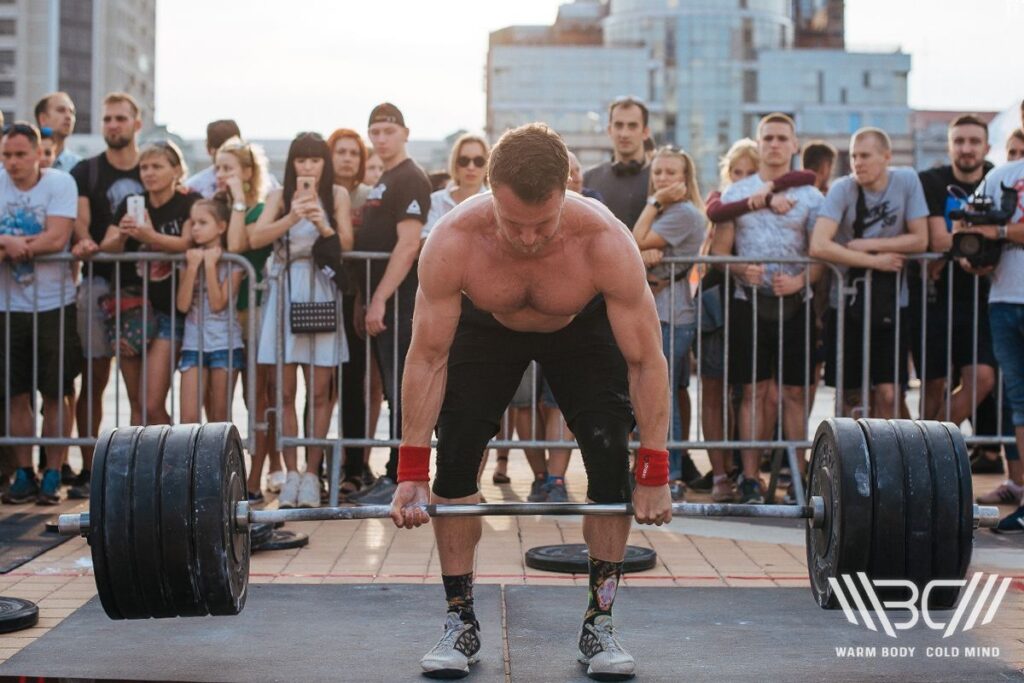
High Rep Deadlift Workout
When performing deadlifts for reps, it’s vital to leave enough time between workouts for your body to rest and recover. Therefore, choose three days a week where you can include high volume deadlifts in your training plan, with a period of 48 hours between each session. It’s wise to both warm up and cool down when training and high rep deadlifts are no exception.
Warm Up: A combination of active, passive, and dynamic stretches followed by a steady, 10-minute cardio warm up.
Deadlifts: Perform a set of high repetition deadlifts, choosing the rep range and number of sets that suit your ability and experience. Aim for 8 or more reps.
Cool Down: A combination of active, passive, and dynamic stretches paired with rest, hydration, and nutrition at home.
FAQ
Is 10 Reps Too Many For Deadlifts?
Rep ranges for high rep deadlifts generally vary between 8-12 reps, so 10 reps fit perfectly within this range. It’s wise to stick to no more than 12 reps, as performing a 20 rep deadlift or similar comes with a range of risks from increased possibility of injury to improper form.
What Weight Should I Use for High-Rep Deadlifts?
For high repetition deadlifts, it’s best to stick to a weight that sits between 50% and 70% of your 1RM. This will ensure you can successfully lift the weight for each rep, and won’t lose form struggling to reach high rep numbers with a weight that’s too heavy.
Is the High-Rep Deadlift Program for Cutting or Bulking?
A high-rep deadlift program is ideal for use when cutting as it’s a great way to burn calories and gain hypertrophy. When paired with a balanced diet full of quality protein and carbs, you should see fat loss.
Conclusion
High rep deadlifts are great to utilize if you’re looking to improve grip strength and muscle growth while also burning a considerable amount of calories. Incorporating deadlifts for reps into your training program can be beneficial for switching up your normal routine, and challenging the body in a new and effective way.
Be sure to use this style of training cautiously, paying particular attention to the maintenance of correct form throughout.
Do you include high rep deadlifts in your training? If so, what results have you seen?
References:
- Matthew R. Wenning, MS, “The Deadlift and Its Application to Overall Performance”, National Strength and Conditioning Association, https://www.nsca.com/education/articles/tsac-report/the-deadlift-and-its-application-to-overall-performance/, (Accessed March 14 2024).
- Kevin D Camara, Jared W Coburn, Dustin D Dunnick, Lee E Brown, Andrew J Galpin, Pablo B Costa, “An Examination of Muscle Activation and Power Characteristics While Performing the Deadlift Exercise With Straight and Hexagonal Barbells”, National Center For Biotechnology Information, https://pubmed.ncbi.nlm.nih.gov/26840440/, (Accessed March 14 2024).
- Brad J Schoenfeld, Jozo Grgic, Dan Ogburn, James W Krieger, “Strength and Hypertrophy Adaptations Between Low- vs. High-Load Resistance Training: A Systematic Review and Meta-analysis”, National Center For Biotechnology Information https://pubmed.ncbi.nlm.nih.gov/28834797/, (Accessed March 14 2024).
- B Strasser, A Spreitzer, P Haber, “Fat loss depends on energy deficit only, independently of the method for weight loss” National Center For Biotechnology Information https://pubmed.ncbi.nlm.nih.gov/18025815/, (Accessed March 14 2024).
- Edit Strӧmbäck, MSc, Ulrika Aasa, PhD, RPT, Kaisa Gilenstam, PhD, RPT, and Lars Berglund, PhD, RPT, “Prevalence and Consequences of Injuries in Powerlifting: A Cross-sectional Study”, National Center For Biotechnology Informationhttps://www.ncbi.nlm.nih.gov/pmc/articles/PMC5954586/, (Accessed March 14 2024).
- All photos are made by WBCM Media team.
Author: Sergii Putsov
PhD in Sport Science, Olympic weightlifting, Strength & Conditioning coach and fitness expert
Sergii Putsov is a professional weightlifter with over 20 years of experience and multiple national medals. He was a member of the National weightlifting team, competing in the 94 kg weight class. Sergii holds a master’s degree in Olympic & Professional Sport Training and a Ph.D. in Sport Science. After his athletic career, Sergii transitioned into coaching and is now responsible for designing training programs, writing blog articles, providing live commentary for international weightlifting competitions, and hosting sport and fitness seminars worldwide.

